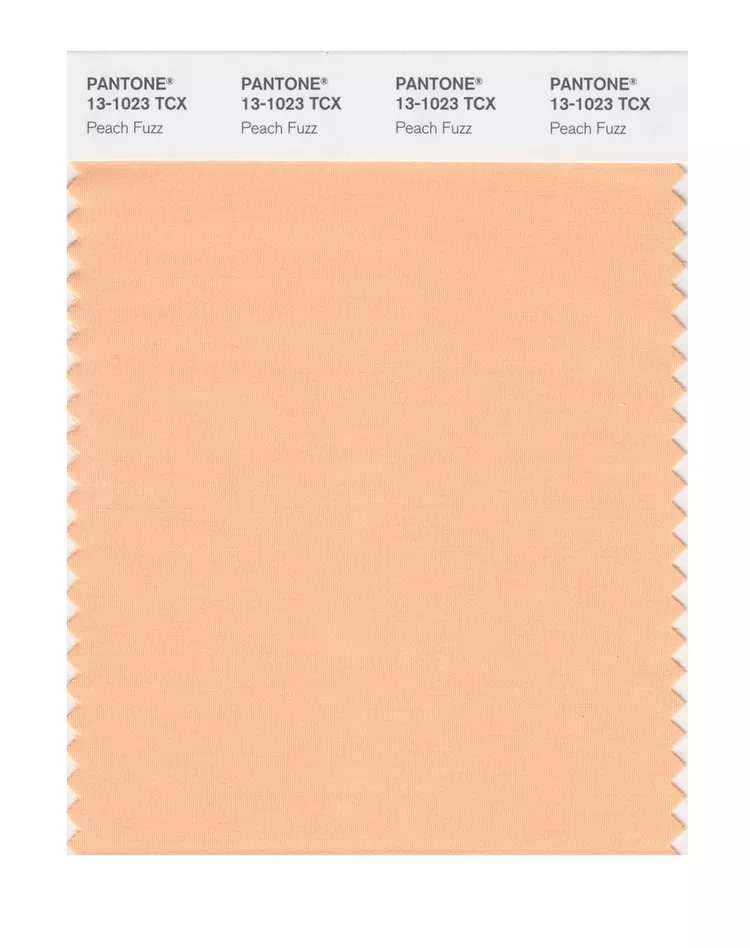Getting ready to sell your house? Then it’s time to roll up your sleeves and get to work because there are tons of things to do before listing your home!
Selling a home, after all, entails a whole lot more than just planting a “For Sale” sign on your front lawn or uploading a few random photos of your place—especially if you’re angling for the most cash. (And, honestly, who isn’t?) That’s why we put together the ultimate checklist for selling a house.
Things to do before selling your house
So before you put your house on the market, peruse this checklist for selling a house of what to do. Some of these tips are surprisingly easy, while others might require a bit more elbow grease. But they’re bound to pay off once buyers start oohing and ahhing over your place—and hopefully ponying up a great offer.
1. Find a great real estate agent
Think you can sell your home yourself, and pocket the cash you would otherwise pay a real estate agent?
It can be tempting, especially in a hot market, but resist the urge, says Jon Sterling, a real estate consultant with Keller Williams Realty in San Francisco. He’s found that a “for sale by owner” transaction is almost always a disaster, leading you to sacrifice both money and time. That’s why one of the most important things to do before selling your house is find a great real estate agent.
That said, don’t just blindly hire the real estate agent who most recently sent you a flyer or the one your uncle’s friend’s co-worker’s cousin used. Do some research to find a real estate agent who is knowledgeable about your specific market, and then interview her to make sure she’s a good fit.
Your real estate agent should be someone you feel comfortable working with, whom you trust to sell your house for top dollar. Don’t be afraid to talk to a few real estate agents before picking one.
2. Consider your curb appeal
Yes, for better or worse, buyers do tend to judge a book by its cover. You want to make sure potential buyers’ first impression of your home is a good one—and inspires them to stop by the open house or schedule a tour—so they can see more.
By investing some effort in relatively easy fixes, like planting colorful flowers and repainting your front door, the outside of your house can beckon prospective buyers to come on in.
If you’re not sure how to improve your home’s curb appeal, ask your real estate agent for advice on how others in your area have improved the exterior before selling their houses.
3. Declutter living areas
Less is definitely more when it comes to getting your house ready to show, notes Boris Sharapan Fabrikant, a real estate broker with Triplemint.
Do a clean sweep of counters, windowsills, tables, and all other visible areas, and then tackle behind closed doors: closets, drawers, and cupboards—since virtually nothing is off-limits for curious buyers.
If the house is overflowing with stuff, buyers might worry that the house won’t have ample space for their own belongings. They won’t sign up to pay a mortgage if they think they’ll also have to rent a storage space.
Take your excess stuff and donate it, or pack it up to be stored off-site. Not only will clearing clutter help your house look more appealing to buyers, it will also help you once you’ve accepted an offer and it’s time to move into a new home. Moving out will be easier if some of your stuff is already be packed.
4. Depersonalize your space
The next step on your checklist for selling a house? Sellers should remove any distractions so the buyers can visualize themselves and their family living in the property, says Kipton Cronkite, a real estate agent with Douglas Elliman in New York.
He says sellers should remove personal items and family photos, as well as bold artwork and furniture that might make the home less appealing to the general public. The goal is to create a blank canvas on which buyers can project their own visions of living there, and loving it.
5. Repaint walls to neutral tones
You might love that orange accent wall, but if it’s your potential buyer’s least favorite color, that could be a turnoff, warns Sharapan Fabrikant.
“You’re pretty safe with a neutral color because it’s rare that someone hates it, but the other benefit is that a light color allows [buyers] to envision what the walls would look like with the color of their choice,” he points out.
It’s the seller’s job to help buyers picture themselves in the house. If they don’t feel at home, they’ll probably look at other real estate options.
6. Touch up any scuff marks
Even if you’re not doing a full-on repainting project, pay special attention to scrubbing and then touching up baseboards, walls, and doors to make the house sparkle and look cared-for.
Selling almost any home can be tricky, but selling a home with lots of little problems and small repair needs can be downright difficult. When buyers walk into an open house, or go on a home tour, they want to fall in love with the house, not add a bunch of small repairs to their to-do list.
In order to impress buyers (and sell your house quickly), fix up your house before putting it on the market.
With a home that is fixed up and move-in ready, you will probably see more interest, and may even see multiple offers.
7. Fix any loose handles
It’s a small thing, sure, but you’d be surprised by the negative effect a loose handle or missing lightbulb can have on a buyer, notes Sharapan Fabrikant.
“It can make them stop and think ‘What else is broken here?’” he explains.
For a buyer, submitting an offer, and later committing to a mortgage, is a big deal. When you’re selling your home, you don’t want to give any buyers doubt that your house will make a great home.
8. Add some plants
When staging your house, remember that green is good: Plants create a bright and more welcoming environment. You might also want to consider a bouquet of flowers or bowl of fruit on the kitchen counter or dining table.
Some plants and natural elements will impress buyers by bringing some extra color and life to your decor.
9. Conduct a smell test
Foul odors, even slight ones, can be a deal breaker, and the problem is that you might not even notice them, says Sharapan Fabrikant.
He recommends inviting an unbiased third party in to try to detect any pet smells or lingering odors from your kitchen.
If the smells are pervasive, prepare to do some deep cleaning as many buyers are on to seller’s “masking techniques” such as candles or plug-in room deodorizers. Plus, covering up odors with a stronger scent might backfire if the buyer doesn’t like the smell of lavender or artificial citrus.
10. Clean, clean, clean
Once you’re done cleaning your house, clean some more. Even if you’re not worried about what buyers will think of your home’s scent, you want your property to look spotless.
Think of it this way: You’ll probably have professional photos taken of your house when it looks its best. Naturally, you’ll want your house to always look like it does in those pictures.
When selling your home, it’s important to keep everything tidy for buyers, and you never know when a buyer is going to want to schedule a last-minute tour. Remember to take special care with the bathroom, making sure the tile, counters, shower, and floors shine.
11. Hide valuables
From art to jewelry, keep your treasures are out of sight, either locked up or stored off-site, recommends Kronkite.
You can’t trust everyone who comes into your house, even when you’re trying to sell it. Sometimes things disappear during an open house, and there’s little the seller can do to get those things back. Take care to hide your valuables or move them to a safe space away from your home.
12. Consider staging
Does your house scream 1985? Nothing invigorates a house like some new furnishings or a perfectly chosen mirror. The key is getting your home staged by a professional.
Home stagers will evaluate the current condition and belongings in your house and determine what elements might raise the bar. They might recommend you buy or rent some items, or they might just reorganize your knickknacks and bookshelves in a whole new (that is, better) way.
Stagers know the real estate market, and what sells, so it’s important to take their advice and not take offense when they make big changes. Their job is to help drum up interest from potential buyers, which is always good news to the seller.
Cathie Ericson writes about real estate, finance, and health. She lives in Portland, OR.
For the original article visit Realtor.com















